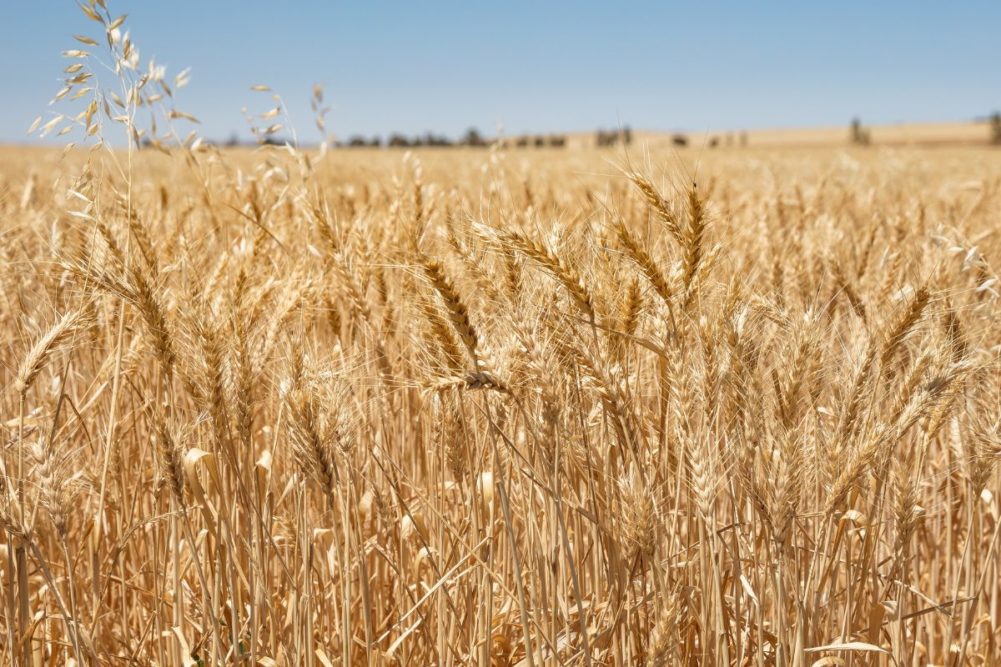CANBERRA, AUSTRALIA — After three consecutive years of record production, total Australian winter crop production is forecast to fall by 34% to 45.2 million tonnes in 2023–24, according to the latest forecast from the Australian Bureau of Agricultural and Resource Economics and Sciences (ABARES).
ABARES said the anticipated development of an El Niño weather pattern is driving the lowered projections.
“While El Niño is expected to develop and reduce production prospects, the extent to which it influences Australian rainfall and temperatures presents a key downside risk to the outlook,” ABARES said. “Analysis of past El Niño events suggests that climate impacts can be variable. If conditions are even drier and hotter than expected, this is likely to see crop prospects deteriorate further in regions where winter crops have little soil moisture.”
ABARES said it represented a small upward revision from the June forecast but remains below the 10-year average of 46.4 million tonnes. Winter crop yields are forecast to be below average, owing to persistent dry conditions in key northern cropping regions. The fall in expected yields in northern cropping regions is likely to be partially offset by better yield potential in southern cropping regions.
ABARES sees wheat production falling by 36% to 25.4 million tonnes. This downward revision is 4% below the 10-year average and well below last year’s record of 39 million tonnes.
The projection of a smaller wheat crop in Australia comes at a time when global stocks have fallen to a nine-year low, according to the International Grains Council.
Barley production was revised slightly upward from the June forecast but is expected to fall by 26% year-on-year to 10.5 million tonnes, 6% below the 10-year average, the report said.
Canola production was also revised higher but is projected to fall by 38% compared to the previous marketing year to 5.2 million tonnes but remain well above the 10-year average on account of area planted estimated to be the second highest on record, according to ABARES.
The agency said area planted to winter crops in 2023–24 is forecast to fall year-on-year but remain historically high at 23 million hectares, 4% above the 10-year average to 2022–23. The decline is mostly driven by a 6% decrease in area planted in New South Wales and Western Australia.
ABARES noted that conditions have been mostly favorable across southern cropping regions where better-than-expected early winter rainfall boosted soil moisture levels and benefited crop establishment and growth. In contrast, planting and establishment conditions were largely unfavorably dry in Queensland, northern New South Wales and northern and eastern cropping regions of Western Australia. This has led to some winter crops experiencing moisture stress, with yields forecast to be below average.






